In This Article
Subscribe to our newsletter
Why Video Is Taking Over Your Social Media Feed
Scrolling through your social media feed feels less like flipping through a photo album and more like channel-surfing a TV network where everyone gets their own show. This shift to video isn't just a passing phase; it represents a core change in how we consume information and connect with people online. At its heart, this change is driven by basic human psychology. Our brains are naturally wired to notice movement and sound—a primal instinct that kept our ancestors aware of their surroundings. A still image gives you a piece of information, but a video offers a whole experience.
This built-in power of moving images makes social media video creation a critical skill for anyone looking to make an impact. Video brings together sight, sound, and motion to tell a story and evoke emotion in a way that text or a single photo simply can't. A static post is like a postcard—it captures one frozen moment. A video, on the other hand, is like a personal video call; it feels more direct, authentic, and trustworthy. This is how a small business with a great video can stand shoulder-to-shoulder with a major brand. They aren't just selling a product; they're sharing a story and inviting you into their world.
The Algorithm's Appetite for Video
Social media platforms are businesses, and their main product is your attention. They've figured out that video is incredibly effective at grabbing and holding that attention. Because of this, their algorithms—the complex systems deciding what you see in your feed—are now heavily tilted in favor of video. A post containing a video is much more likely to be pushed to a broader audience than a text-only update. This creates a powerful cycle: platforms promote video, users engage more with it, and creators are encouraged to produce even more. It’s not a secret plot; it’s just a reflection of what people prefer.
This algorithmic bias has real financial consequences. For any brand or individual wanting to build a meaningful online presence, avoiding video is like setting up a shop on a street with no one walking by. Your message, no matter how valuable, will have a hard time reaching the people it’s meant for.
The Undeniable Statistics of Video Dominance
The data leaves no room for doubt about this video-first reality. The change is so significant that it's causing a strategic shift across entire markets. For example, a staggering 90% of marketers report that video marketing provides a good return on their investment, showing that the effort pays off. This is why 93% of marketers plan to either maintain or increase their spending on video.
Consumers have also made their preference clear, with 78% of people turning to short videos to learn about new products. These numbers send a clear message: getting good at social media video creation is no longer a "nice-to-have" for growth—it's essential. You can dive deeper into the data to see the full scope of this ongoing transformation in social media.

Why Imperfect Videos Win Every Time
In a world filled with high-budget ads and perfectly polished content, a surprising trend is taking over social media video creation: imperfection is often the key to success. Think of it as your brand's secret weapon. A camera that shakes a little, an unscripted laugh, or a spontaneous peek behind the scenes can forge a connection that a glossy, corporate video just can't match. This isn’t about being sloppy; it’s about being real.
The reason this works is simple psychology. We are naturally drawn to things that feel genuine. A flawless video can come across as a sales pitch—distant and purely transactional. On the other hand, an imperfect video feels more like a direct chat with a friend. It shows vulnerability and honesty, two qualities that build trust almost instantly. Many top creators have built massive followings with just their smartphones and a true passion, proving that connection often matters more than production value.
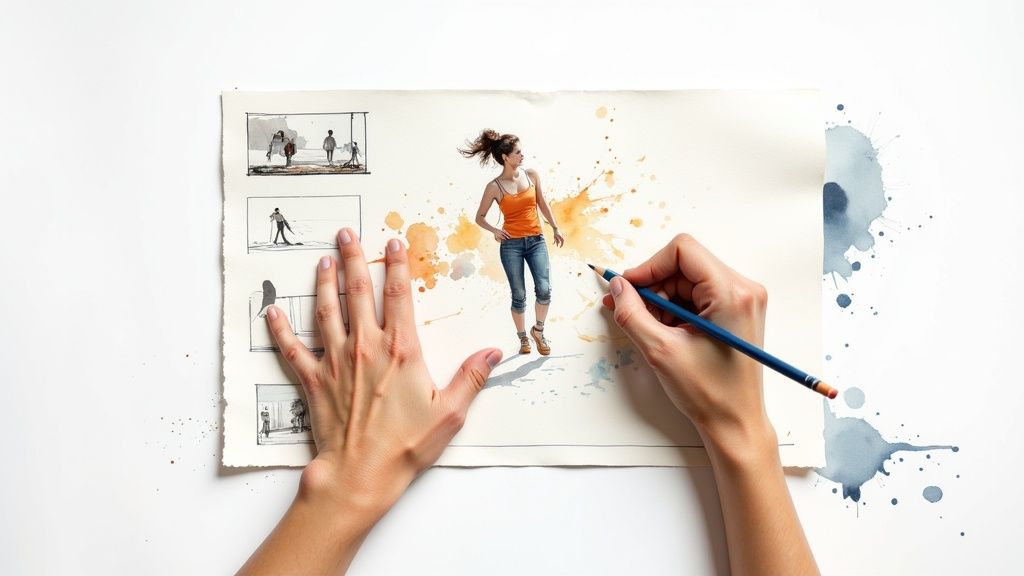
Strategic Authenticity vs. Careless Execution
It's important to understand the difference between strategic authenticity and just being careless. Embracing imperfection doesn't give you a pass on the basics. Good audio is a must-have, and your main message needs to be clear. The "imperfection" should stem from human moments, not from technical glitches that make the video hard to watch. Think of it like this: a video with terrible sound is just frustrating, but one where the speaker fumbles a word and laughs it off is charming.
Harnessing the Power of User-Generated Content
This preference for the real deal is exactly why user-generated content (UGC) is so effective. Featuring videos from your actual customers is one of the best ways to build social proof. It offers a trustworthy perspective that feels completely unfiltered and genuine.
The data backs this up. A significant 50% of consumers say they prefer watching online videos made by other users. This is especially true for how-to guides, where seeing a real person's experience feels more relatable. The format matters too, with 66% of consumers finding short-form video to be the most engaging type of content. By sharing real stories from real people, you connect directly with your audience's desire for authenticity.
Cracking The Code Of Platform-Specific Video Success
Making a great social media video isn’t a one-size-fits-all job. Think about it like giving a speech: you wouldn't use the same style for a formal business conference and a casual backyard barbecue. The core message might be the same, but the tone, length, and delivery would need a total overhaul. Each social media platform is its own world, with a unique culture, audience expectations, and unwritten rules. Mastering social media video creation means becoming fluent in the language of each platform.
A fast-paced, funny video that goes viral on TikTok would likely fall flat on LinkedIn, where people expect professional insights. Likewise, a beautiful, long-form cinematic video that performs well on YouTube might get scrolled past on Instagram, where users want quick, eye-catching Reels. True success isn't about cross-posting the same file everywhere; it's about adapting your message to fit its native environment.
Tailoring Content for Maximum Impact
Imagine your video idea is a block of clay. For TikTok, you'd shape it into something fast, energetic, and probably set to a trending song. For YouTube, you might sculpt it into a detailed, informative piece that viewers can spend time with. For LinkedIn, it becomes a polished, professional bust that signals expertise.
This goes far beyond technical details like aspect ratios. It's about understanding what a user is thinking and feeling when they're on a particular app. A smart strategy accounts for this by:
- Instagram (Reels & Stories): Focusing on visually appealing, quick-hitting content. Use text overlays and popular audio to grab attention immediately, as users are often scrolling quickly.
- TikTok: Embracing trends, participating in challenges, and adopting user-generated content styles. Authenticity and entertainment are everything; a video that feels like a traditional ad will be ignored.
- LinkedIn: Delivering value-driven, educational material that builds professional credibility. Videos of experts sharing industry knowledge or behind-the-scenes looks at a company's culture perform well.
- YouTube (Shorts & Long-form): Serving two different purposes. Shorts are perfect for short, engaging clips that can attract new subscribers. Long-form videos are for building a deeper relationship with your audience through tutorials, vlogs, or in-depth discussions.
To help you keep track of the different requirements, here is a guide to optimizing your videos for each major platform.
Platform-Specific Video Optimization Guide
This table breaks down the optimal video formats, lengths, and other key specifications across the most popular social media platforms.
| Platform | Optimal Length | Aspect Ratio | Best Format | Key Features |
|---|---|---|---|---|
| Instagram (Reels) | 15-90 seconds | 9:16 | MP4 | Vertical video, trending audio, creative effects, text overlays. |
| TikTok | 15-60 seconds | 9:16 | MP4, MOV | Vertical video, authentic feel, trend participation, duets/stitches. |
| YouTube (Long-form) | 2-10+ minutes | 16:9 | MP4 | Horizontal, high-resolution, strong thumbnail, clear audio. |
| YouTube (Shorts) | Under 60 seconds | 9:16 | MP4 | Vertical, engaging hook, continuous loop potential. |
| 30 seconds - 5 minutes | 1:1 or 16:9 | MP4 | Professional tone, subtitles, clear value proposition, company insights. | |
| 1-3 minutes | 1:1 or 4:5 | MP4 | Subtitles are crucial (sound-off viewing), engaging visuals, clear call-to-action. |
As you can see, a one-size-fits-all approach just doesn't work. The technical specifications, from aspect ratio to length, vary significantly and are designed to match how users interact with content on that specific platform.
This infographic shows the fundamental tools that form the foundation of quality video production.

The image highlights that a solid setup—camera, lighting, and audio—is the starting point, but how you use these tools for each platform's unique format is what truly matters.
Beyond the Basics: Technical Nuances That Matter
Once you've aligned your content with the platform's culture, small technical details can make a big difference. Posting time, for example, can massively influence your initial reach. A quick look at your audience analytics will show you when your followers are most active. A compelling thumbnail is another game-changer, especially on YouTube, where it can be the single biggest reason someone clicks on your video instead of someone else's.
Cracking the platform-specific code is a continuous journey of testing and learning. AI-powered tools like Aeon can handle the technical lift, automatically reformatting your videos for different platforms. This frees you up to concentrate on the most critical task: tailoring your creative message to build a genuine connection with each unique audience and drive real results.
Mastering The Magic Of Live Video Connection
Live video is more than just another box to check in your content strategy; it’s a direct, unscripted conversation with your audience. It rises above the clutter of polished, pre-recorded content by offering something increasingly rare: genuine, real-time connection. Think of it as the difference between a polished corporate press release and a personal phone call from the CEO. The raw, unfiltered nature of a live broadcast appeals to our natural desire for authentic interaction.
This sense of immediacy creates a strong pull. Viewers get to be part of a unique event, driven by the well-known "fear of missing out" (FOMO). The thrill of participating in a shared experience as it happens is something no pre-recorded video can truly match. This feeling of community and direct access is a key part of effective social media video creation, turning passive viewers into active participants who feel seen and heard.
Why Live Video Is So Compelling
The power of live streaming lies in its inherent unpredictability and interactivity. When you go live, you’re not just broadcasting; you’re inviting your audience into the moment with you. They can ask questions, share reactions with emojis, and even influence the conversation in real time. This two-way dialogue builds a community that strengthens the bond between you and your followers far more effectively than one-way content ever could.
However, a great live session doesn't just happen by accident. It’s more than just hitting the "Go Live" button; it requires planning to create an experience that keeps viewers engaged from start to finish.
- Plan Your Talking Points: Have a loose agenda to guide the conversation, but be ready to go off-script and embrace spontaneous moments.
- Acknowledge Your Audience: Greet people by name as they join the stream and respond to their comments directly. This simple act makes each person feel valued.
- Handle Hiccups with Grace: If your connection flickers or you stumble over your words, just laugh it off. These human moments reinforce your authenticity and make you more relatable.
The Proven Impact Of Going Live
The value of this format is clearly shown in user behavior and marketing results. Live video has become one of the most engaging forms of social media content available. In fact, 37% of social media users say live video is the most engaging type of content they see. This preference is likely fueled by the real-time interaction it provides.
Marketers have taken notice. Recognizing its impact, 25% of marketers now view live video as the most beneficial content format for their strategies. With its growing popularity, it's a potent tool for grabbing attention and building a loyal community.
Ultimately, mastering live video is about building real relationships. It’s your chance to show the human side of your brand, answer questions on the spot, and create a shared experience that resonates long after the broadcast is over.
Building Your Video Creation Toolkit Without Breaking The Bank
You don’t need a Hollywood-level budget to produce videos that look professional and capture your audience's attention. Think of your social media video creation setup like a home kitchen: a skilled chef can create a delicious meal with basic utensils, but having the right equipment makes the process smoother and the results more consistent. Let's walk through a practical, budget-friendly approach to building your video toolkit, starting with the powerful device you almost certainly already own.
Start With Your Smartphone
The camera in your pocket is more than capable of producing high-quality video for social media. Modern smartphones shoot in high definition, but their main weaknesses are typically sound and stability. Luckily, these are the easiest and most affordable issues to fix.
Two small investments can dramatically improve your smartphone videos:
- A Tripod: A simple, inexpensive tripod eliminates shaky footage, instantly giving your videos a more polished and professional look. It’s the difference between a frantic, hard-to-watch clip and a steady, confident presentation.
- An External Microphone: Your phone’s built-in mic is designed to pick up sound from all directions, which means it also captures unwanted background noise. A clip-on lavalier microphone, which you can find for under $20, will focus on your voice and make your message crisp and clear.
Upgrading Your Audio and Lighting
Once you've mastered the basics with your phone, the next logical step is to improve your audio and lighting. Poor audio quality is often more distracting to a viewer than average video quality. A clear voice-over can make even simple visuals feel authoritative and engaging. If you want to dive deeper into sound, our guide on how to create a video with a voice-over offers a complete walkthrough for getting professional results.
Lighting is the other game-changer. You don't need a complex studio setup to make a big difference. A simple ring light can provide soft, even lighting that removes harsh shadows from your face. Alternatively, positioning yourself in front of a window to use natural light is a free yet highly effective technique.
To help you decide what gear you need, here’s a breakdown of equipment and software for different budget levels.
Video Creation Tools by Budget Level
Comprehensive breakdown of essential equipment and software for different budget levels and production needs
| Budget Level | Camera Equipment | Audio Tools | Lighting | Editing Software | Estimated Cost |
|---|---|---|---|---|---|
| Starter (Under $100) | Smartphone (existing) | Clip-on lavalier mic | Natural light (window), basic ring light | Free mobile apps (e.g., CapCut), basic desktop software | $20 - $75 |
| Intermediate ($100 - $500) | Smartphone, entry-level mirrorless/DSLR camera | USB microphone, shotgun mic for camera | 3-point lighting kit (basic LEDs) | Subscription-based editors (e.g., Adobe Premiere Rush), advanced free software (DaVinci Resolve) | $250 - $600 |
| Advanced ($500+) | Mid-range mirrorless or DSLR camera | Professional shotgun mic, wireless lavalier system | Quality LED panel lights with softboxes | Professional suites (Adobe Premiere Pro), AI-driven platforms like Aeon | $700+ |
This table shows that a significant jump in quality doesn't always require a massive financial investment. The biggest improvements often come from addressing audio and lighting, which can be done affordably before you even think about buying a new camera.
Affordable Equipment and Smart Software
When you're ready to expand your toolkit further, you don't have to jump straight to expensive cinema cameras. There are fantastic mid-range options that deliver exceptional quality. When assembling your video creation toolkit, you can explore versatile and often affordable options like Blackmagic Design's range of video production tools, which are popular among independent creators for their quality and value.
On the software side, the situation has changed completely. AI-powered platforms are making it possible to produce polished content efficiently, without needing years of editing experience. These tools can help with everything from generating scripts from blog posts to adding subtitles and even creating video from just a text prompt. For creators who are hesitant to appear on camera, some platforms can create a digital avatar to speak a script, opening up new possibilities. Platforms like Aeon are designed to automate much of this workflow, helping you scale your video efforts in a sustainable way.
Creating Videos That Make People Actually Stop Scrolling
Think of a social media feed as a fast-moving river. To get anyone to notice your content, you need to give them a reason to stop and look. This is your digital first impression, and you only have a few seconds to make it count. A great video isn't just something that happens by chance; it's carefully designed to stop the endless scroll. The difference between content that gets lost in the noise and content that drives action is knowing what makes people pause.
The first step is respecting your viewer's time. The opening three seconds of your video are its most important asset. The hook is more than just a flashy opening; it’s a promise to the viewer that what follows is worth their attention. A strong hook might be an interesting question, a surprising visual, or the beginning of a story that feels instantly relatable. It creates a small sense of mystery or an "information gap" that people naturally want to see filled.
Crafting a Narrative That Holds Attention
After you've earned that initial pause, the next challenge is keeping the viewer engaged. This is where a clear story structure comes in, even for a short 60-second clip. The most effective social media video creation uses a simple but powerful narrative arc: hook, build, and payoff.
- The Hook (1-3 seconds): Grab their attention with something they don't expect.
- The Build (4-45 seconds): Deliver on the promise you made with the hook. This is the main part of your video where you educate, entertain, or tell your story. Keep the pace moving and the visuals fresh to maintain interest.
- The Payoff (Final 5-15 seconds): End with a satisfying conclusion or a clear call-to-action (CTA). This could be answering the initial question, showing the final step of a tutorial, or giving a direct instruction like "follow for more" or "check out our site."
This structure works because it takes the viewer on a quick but complete journey. It caters to short attention spans while still delivering a whole, impactful message.
This example from a video tutorial shows how layering text and graphics can keep a video visually active from beginning to end.
The key lesson here is that static images are the enemy of engagement. Constant, subtle movement and helpful on-screen text give the viewer’s eyes something to follow, keeping them locked on your content.
Using Psychological Triggers Ethically
Good videos connect with people on a psychological level. One of the strongest triggers is social proof. When people see that a video has a lot of views, likes, or shares, they are more inclined to see it as valuable. Featuring customer testimonials or user-generated content is a great way to build this kind of trust quickly.
Another useful technique is sparking curiosity. By asking a question or presenting a problem at the start of your video, you encourage people to stay for the answer. This is much more effective than just listing facts. You can learn about more strategies in our detailed guide to social media video best practices. The objective is to create content that feels more like a compelling conversation than a one-way advertisement. By mastering these narrative and psychological tools, your videos won't just be seen—they'll be felt, remembered, and acted upon.
Turning Video Views Into Real Results
A video racking up thousands of views can feel like a huge win, but views alone don't pay the bills. Think of it this way: if a billboard gets thousands of glances but no one remembers the brand or visits the store, was it truly successful? Creating great videos is only half the job; the real magic happens when you understand why they're working and use that insight to refine your strategy.
Your analytics dashboard is like a GPS for your social media video creation efforts. It guides you beyond the surface-level glamour of view counts and toward content that genuinely connects with your audience and drives your business forward. A high view count is a good start, but what if most viewers are leaving after the first three seconds? This is where digging deeper into the data reveals the true story of your video's performance.
Metrics That Actually Matter
Not all data points are created equal. To shift from just making content to achieving real outcomes, you need to focus on metrics that signal genuine interest and intent. These numbers tell you if your message is actually landing, not just if your video was seen in a feed.
Here are the key metrics to watch:
- Average Watch Time: This shows you how long, on average, people are sticking around. If your 60-second video has a low average watch time, it’s a clear sign that your hook or the main content isn't compelling enough to hold attention.
- Audience Retention Rate: This is a graph that illustrates the percentage of viewers still watching at any given point in your video. Pay close attention to any sharp drop-offs—they are treasure maps pointing to the exact moments where viewers lose interest.
- Click-Through Rate (CTR): This measures how many people who saw your video clicked on your call-to-action (CTA) link. It’s a direct measurement of how persuasive and compelling your video truly is.
- Shares and Saves: These actions are far more valuable than a simple 'like.' A share means someone found your content valuable enough to vouch for it to their own network. A save signals that they intend to revisit it, marking it as a useful resource.
A Framework for Continuous Improvement
The most successful video creators don't rely on luck or guesswork; they use a systematic process of testing and learning. A/B testing is a simple yet powerful technique where you test small variations to see what performs best. You could test two different thumbnails to see which one earns more clicks, experiment with different opening lines, or try out various CTAs to see what encourages action.
This data-informed approach helps you understand your audience's preferences on a much deeper level. You’ll learn which topics resonate, what tone of voice connects, and how to structure your videos for maximum impact. By focusing on metrics that predict success and consistently optimizing your approach, you can learn how to make social media videos that actually engage and convert. For more in-depth insights, you can also explore other strategies to increase social media engagement that deliver measurable results.
This cycle of creating, measuring, and learning transforms your video strategy from a shot in the dark into a reliable engine for growth.
Ready to turn your text content into engaging videos that get real results? Discover how Aeon can automate your video production and help you scale your content strategy effortlessly.
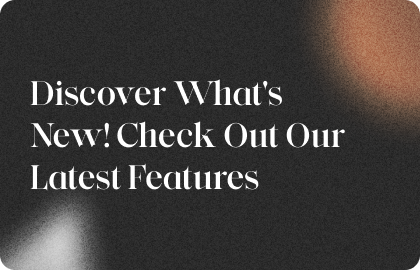
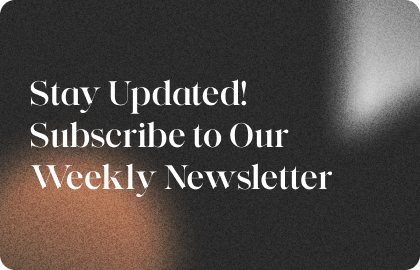

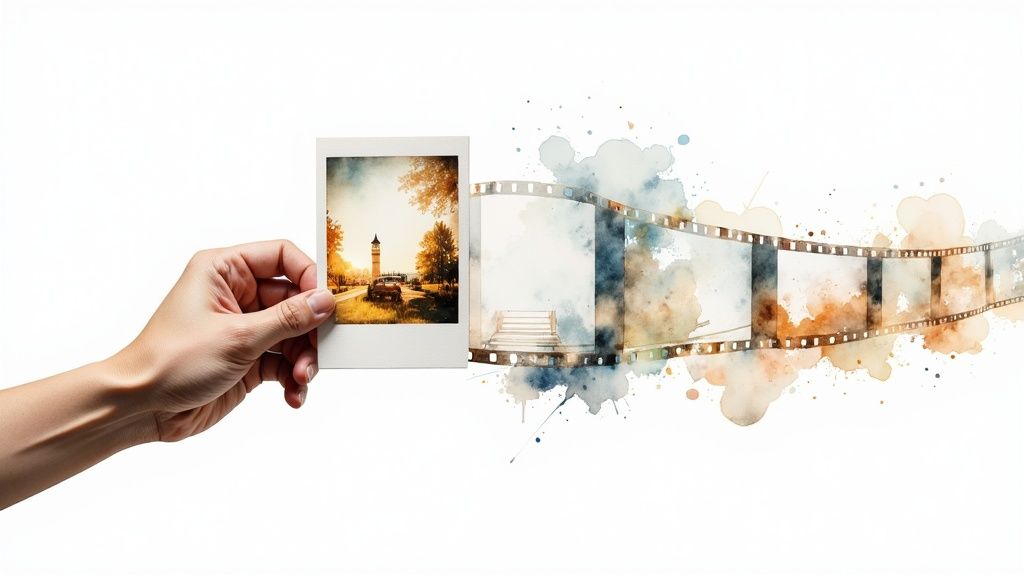
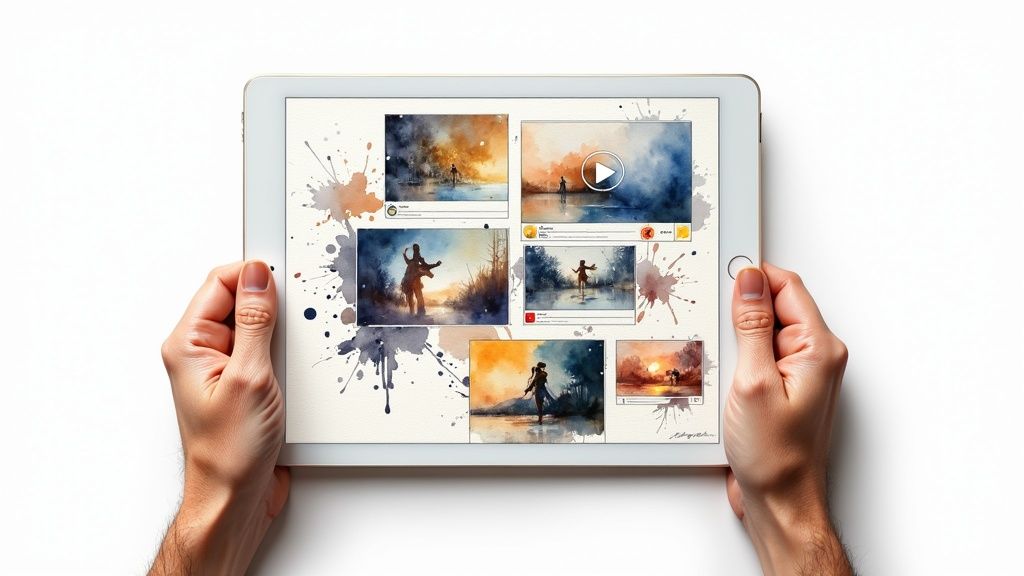
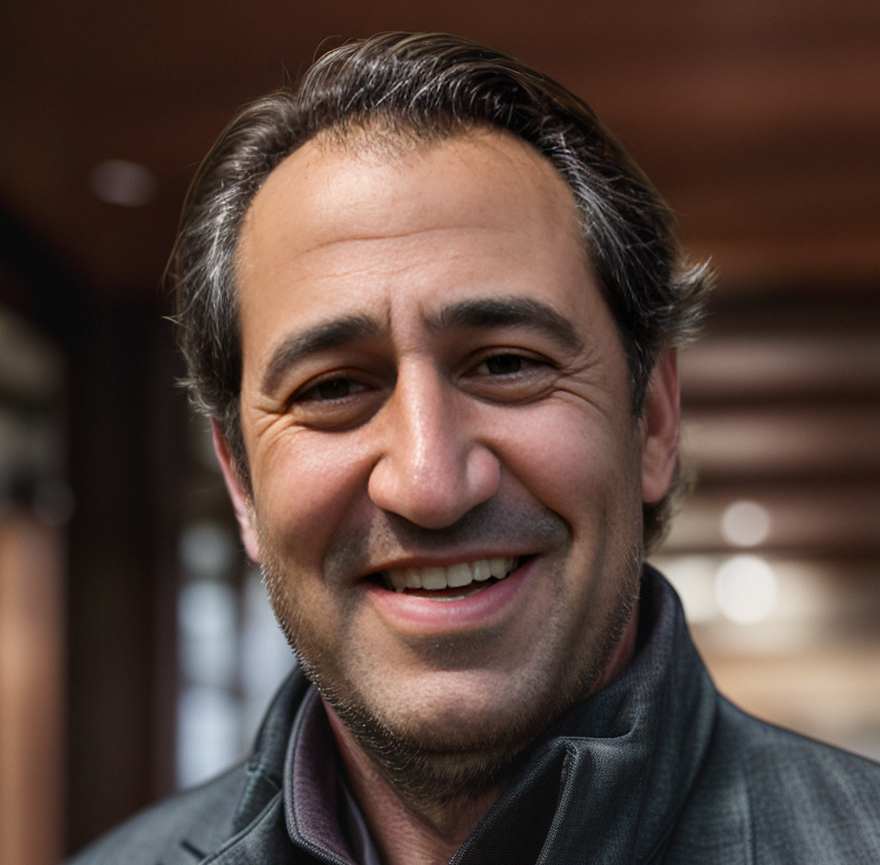
.jpg)